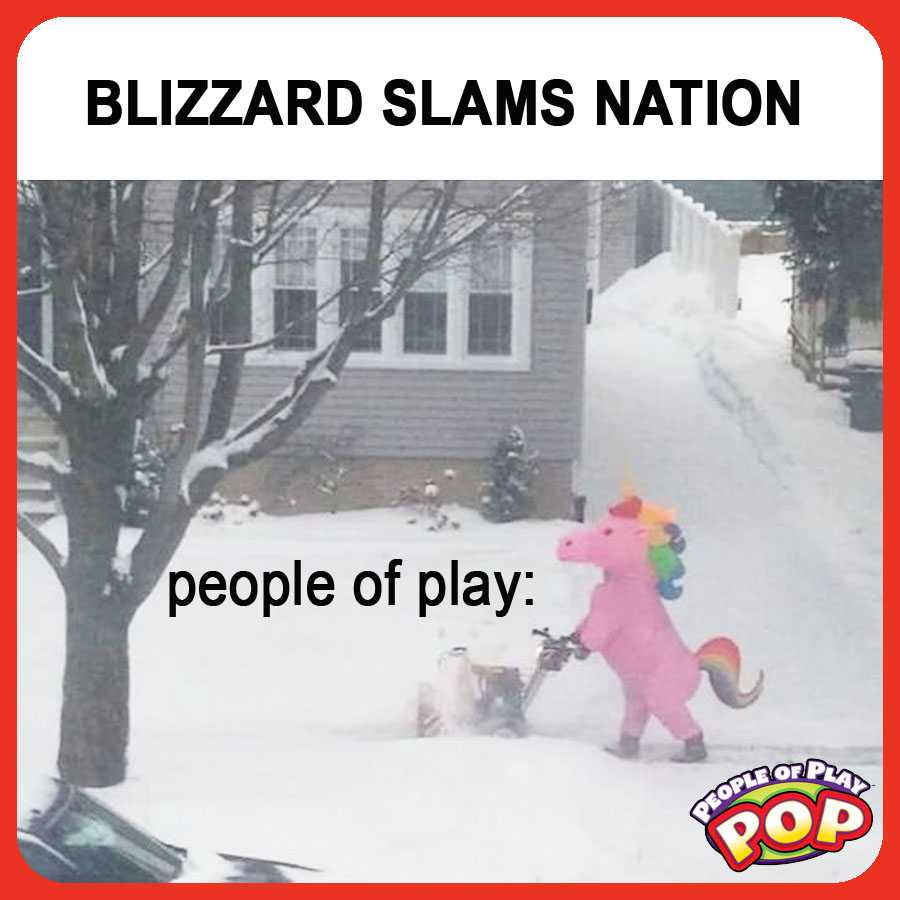Christian Braun: The Top 7 Mistakes Collectible Brands Make (and how you can avoid them)
by The Bloom Report | 22 May 2024
Industry Commentary, Op-Ed

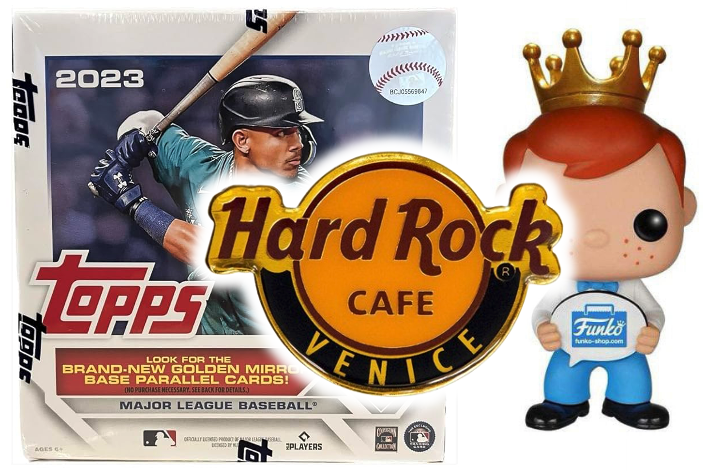
Over the years, collectors have always been a part of history. When the Franklin Mint was created in the 1960s, modern collectibles came onto the scene with a whole different set of characteristics including becoming fully dependent on the Franklin Mint for sales. Over the past few decades, the success of collectible brands has become dependent on a number of factors. And if not adhered to, it can lead to a Brand or even a business closing down as seen with Beanie Babies, David Winter Cottages, Herpa Miniaturmodelle, and even with Franklin Mint.
At hobbyDB, our 690,000 Members have already added 53 million Collectibles to their collections. It is from my experience with our Community and my own studies in the Subject of Collectability including more than 20,000 conversations with collectors from postcards, model cars, action figures, corkscrews, and more that I have been able to distill 7 Must-Have Tenets that will keep your brand collectible.
Mistake No. 1 – Ignoring the Secondary Market
One of the biggest mistakes that collectible brands can make is if they stop paying attention to the secondary markets. When it comes to purchasing patterns, buying a Hot Wheels Mainline for $1 requires no explanation. However, spending more than $10 for a “toy” like some of Mattel Creations' limited edition Hot Wheels that cost around $30, or the Transformer that just dropped for $80 needs further justification. Even more so for say a $1,200 Sideshow Collectibles statue. The consumer must be able to tell themselves, and/or their better half, that this purchase is an “investment” and can always be sold again for either the original purchase price or more. Once a collector can make this justification, then they can increase their purchase cadence and become more valuable to the brand over time. Thus collectible brands need to understand valuations in the secondary market and keep them in mind when making decisions (even if that costs sales today).
Mistake No. 2 – Not Making it easy to know what Collectors are still missing
When a casual buyer purchases their first and second Starbucks mug, they are simply excited to have them. Yes, they could get more, but they are not yet considered a collector. In order to help transform this casual buyer into a collector, brands create a FOMO (fear of missing out) effect and must show them what they do not have. If a person knows that they are missing out on something, then they will be much more likely to purchase more items in the future in order to complete their collection. The best way to do this is to give them lists (hobbyDB now documents more than 4,000 Starbucks mugs), or even better, something to create physical spaces for their products.
Mistake No. 3 – Overproducing your Exclusives
There are sooo many items out there for collectors these days and exclusives create excitement and momentum, in particular for the FOMO effect as discussed above. But if your Exclusives do not sell out, your collectors will start to take your brand less seriously and will lose urgency. For the next one, they will think that they have time to make a decision and will end up buying something else that gives them more FOMO. Try to stay disciplined and run smaller quantities than you think you can sell (see Rule 1).
Mistake No. 4 – Not fostering your brand’s lore
Collectible Brands need to maintain magic. Sometimes that comes with age (you have probably heard of and seen the Hot Wheels Pink Beachbomb model from 1969 that is now rumored to be worth more than $250,000). Take the time to create stories around some of your collectibles. Learn a lesson from Funko who during one of the famous Fun Days gave out chocolates and claimed that 10 of those would have a golden ticket. Only four did (causing never-ending rumors about what happened to the other 6). Those four then got the Golden Ticket. That item has since sold first for $15,000, then for $100,000, and recently for $210,000, creating an onslaught of publicity for Funko. hobbyDB helped Handmade by Robots when it created a giveaway for a super limited edition of HMBR mascots (only 10 were made) that were hard to get and are now the most thought-after and talked about model for this very young brand.
Mistake No. 5 – Making collecting inaccessible
Collectors are very often completists and as such they want everything that is available from that brand (remember that is why you tell them what they are missing under Mistake No. 2). With Collectible Brands being under pressure to grow year in and year out producing ever more collectibles each month, more and more of that brand’s collectors will not be able to afford to stay complete. That creates a dilemma for those collectors. Allowing them to change their collective theme to just collect part of your brand keeps them happy customers. A great example is what the Hard Rock Cafe has done with its collectors. HRC has produced more than 100,000 different pins with not a single collector known that has all of them. HRC does that by allowing customers to collect by location or by various series or themes.
Mistake No. 6 – Ignoring Fakes
You know you have a Collectible Brand when the fakers arrive and try to benefit from your work. Consider how to make their life as hard as possible from the get-go. Fakes are mostly targeted at new collectors as they are less knowledgeable. This creates a real problem for brands as early Collectors who fall prey to fakes face economic loss, embarrassment, and ridicule and often change the hobby. Invest in both – making it hard to create fakes of your products, while also educating your collectors early on.
Mistake No. 7 – Refusing to collaborate with other brands
Collaborations are great as they sell to your collector base but also add new consumers to your brand, as they buy your item as they collect the brand you collaborate with. Here you can also be creative and come up with totally new products and double (or more) your audience by doing two, three, or four-way collabs.
Moral of the story, creating and managing a collectible brand is a little bit science and a little bit of art. Avoiding the 7 mistakes above will definitely help you circumvent a Beanie Baby collapse, but remember that the most important thing is to keep close to your collectors. And, it helps enormously if you hire folks who love what you are doing and collect something.
About the Author:
Christian Braun, Founder of hobbyDB (a database of every collectible ever made), Chair of the Pop Culture Hall of Fame and the Model Carll of Fame and Advisor to the NB Center of Automotive Excellence worked in collectibles since he helped his older brother write a book about model cars 37 years ago.
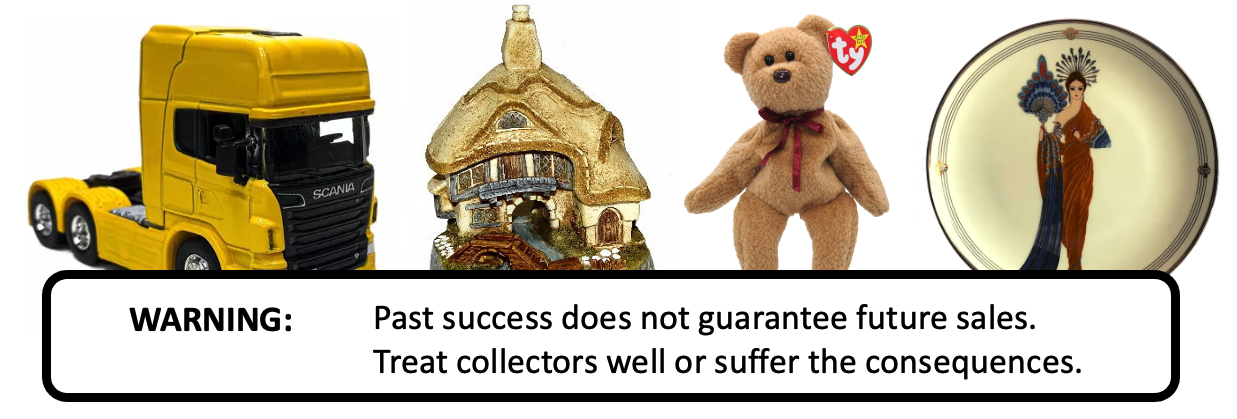
Recent Blogs
Recent Blogs
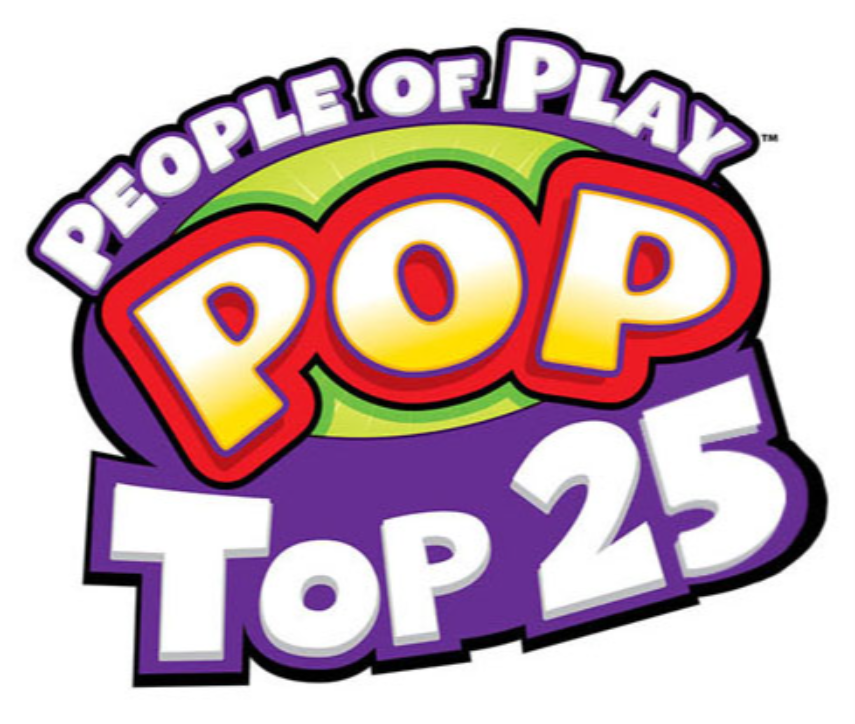
Industry Commentary, Op-Ed
The Top 25 POP Profiles of 2025

Biographies and Interviews
Ben Krenz Talks Moose Games, The Rise of Kidults, and More!

The Bloom Report
The Bloom Report Issue Archive
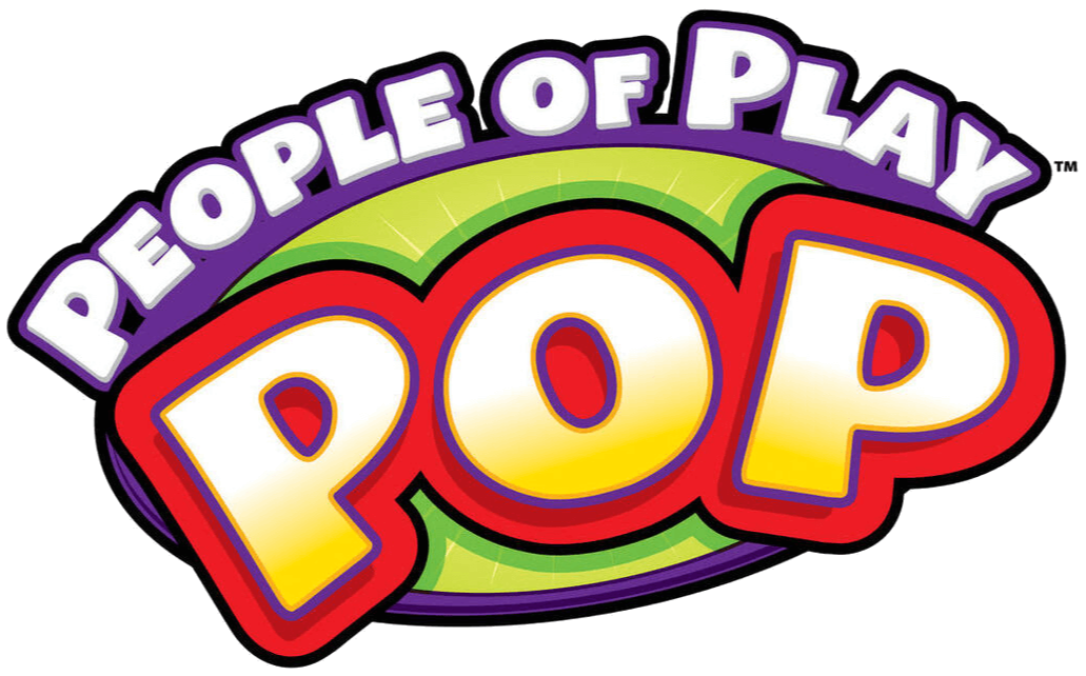
Play Through History
The Lives They Lived: Rest in Play Edition 2025

The Bloom Report
Toy and Game People Obituaries - RIP - Rest in Play
See more
Recent Wiki
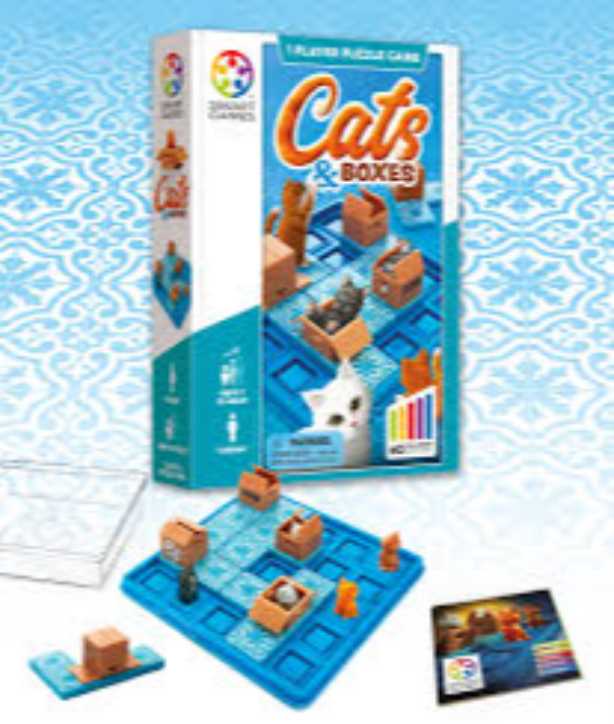
BOOK REVIEWS
Game Review: Cats & Boxes

PEOPLE
Ana Maria, Founder of The Magical Underland Inc., Rings in the Holidays with a new kind of Christmas Tree
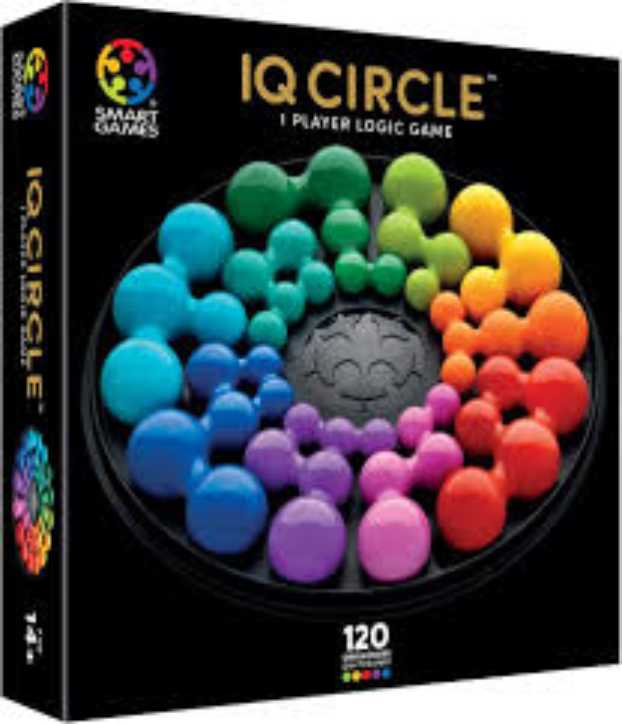
BOOK REVIEWS
Game Review: IQ Circle

PEOPLE
Catching up with Eric Olsen, The Inventor of Flip 7 and Co-Creator of Messy Table Games

BOOK REVIEWS
Book Review: Happytecture by Anna Devís & Daniel Rueda
See more
POP's Got Talent

POP Entertainment
Randy Klimpert Shares his Ukulele Collection

POP Entertainment
Steve Casino Peanut Art

POP Entertainment
Everyone's Talking about POP!

POP Entertainment
Princess Etch - a Multi-Talented Etch A Sketch Artist

POP Entertainment
Joseph Herscher of Joseph' s Machines.
See more
Recent POPcast

Hidden Role: The Brains Behind your Favorite Games
Connie Vogelmann designed Apiary & Wyrmspan!

Hidden Role: The Brains Behind your Favorite Games
Bob Fuhrer... Is THE Crocodile Dentist!

Hidden Role: The Brains Behind your Favorite Games
Tom Dusenberry... Bought Atari, Wizards of the Coast, and Avalon Hill!

Hidden Role: The Brains Behind your Favorite Games
Matt Leacock created Pandemic... the game!

Hidden Role: The Brains Behind your Favorite Games
Scott Brown and Tim Swindle... are Launching a New Sport!
See more
POPDuos

POPDuos: Interviews with Legends and Leaders
POPDuo: Richard Dickson, Mattel’s President & COO, and Kedar Narayan, Young Inventor Challenge AMB

POPDuos: Interviews with Legends and Leaders
POPDuo: Will Shortz and Josh Wardle

POPDuos: Legends and Leaders Explore Creativity
POP Duo: Elan Lee, Co-Founder, Exploding Kittens.and Jeff Probst, Host and Exec Producer, Survivor

POPDuos: Legends and Leaders Explore Creativity
POP Duo: David Fuhrer, MNG Director, Blue Sq Innovations & Shawn Green, past Dodgers & Mets MLB Star

POPDuos: Legends and Leaders Explore Creativity
POP Duo: Bob Fuhrer, Founder, Nextoy and Tom Fazio, Golf Course Designer
See more
